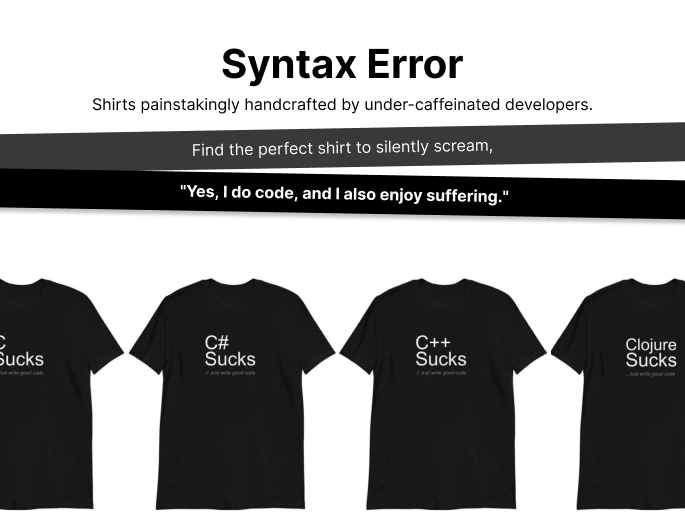Source: thenewstack.io
Supply Chain Attacks and Cloud Native: What You Need to KnowCategory: Software, Security, Kubernetes
We think you might be interested in this job:
Prismatic
There are several characteristics of cloud native application development environments that make them a lucrative target for attackers looking to embed malicious code into the supply chain.
There are inherent characteristics of cloud native applications that make them more resilient to attack and enable them to limit the damage of an attack: Eliminating the risk of supply chain attacks is virtually impossible, but there are measures that DevOps and security teams can take to reduce that risk: Supply chain attacks are here to stay and will evolve, and organizations should adjust their security practices to detect, identify and mitigate them.
Related Articles
Community Partners
DevOps Careers









